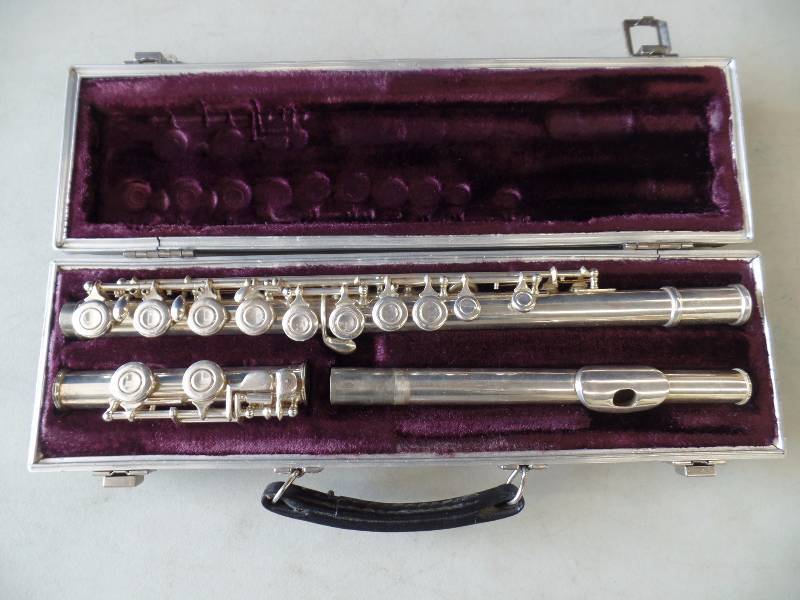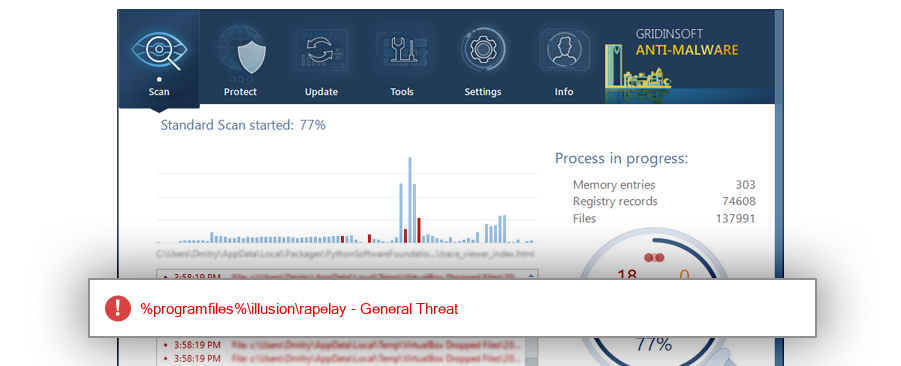Rampone Cazzani Flute Serial Numbers
Selmer SBA Alto What Can Serial Numbers Tell Me? The main thing you learn from serial numbers is the age of the instrument of course. Although the dates in these charts are reasonably accurate, there may be some discrepancies for various reasons.
Here are a few things to bear in mind:. Sometimes a company may hold back a batch of instruments and then release them a couple of years later. The production of old and new models can overlap, or in some cases features of a new model appear on the later batch of the previous model. This can lead to what we call transitional models, which have some new and some old features. A famous example would be the early 30s Conn instruments. Many companies make other instruments, not just saxophones and the serial numbers are spread over their entire range.
So saxophones may not be numbered sequentially. Serial numbers can be used to identify supposedly “better” instruments. It is sometimes (possible erroneously) supposed that five digit MKVIs are the best.

Or you want to play a horn with a number that is close to your idol’s saxophone. Why do people sometimes mask the last three digits of a serial number? When advertising an instrument for sale, you will often see the serial number referred to as 36xxxx.
It is rumoured that there is a scam, by which somebody who acquires your serial number can then claim the instrument is theirs. This may just be paranoia as I have never heard of this happening, nor can I understand how it could happen. Ideally you should have a record of the serial number with your sales receipt and won your insurance details. A serial number can of course be used to identify a stolen instrument. If a seller does hide part of the number you may wonder if they are trying to hide the fact that it is stolen. In most cases the reason is for the one stated above, but it is always worth checking when buying an instrument. Ask the seller privately for the number and do a search for that instrument.

If it has been stolen recently, the legal owner may have registered it with an online database of.
Now here is something you don’t see very often: a. Source: eBay.com The seller describes the tenor like this: Vintage Rampone and Cazzani B flat Tenor Made in Milano Italy known for their hand made horns this was made approximately 100 years ago serial #4427. The horn has a nice nickel finish with nickel keys you can see from the picture it is in excellent condition for it’s age all the keys seem to work.
It does need new pads and will probable require some work to be fully operational. I do not know much about saxophones and do not play so you will have to consult someone with more knowledge than me for how these horns play. I picked it up this vintage horn for fun to learn to play and never did so it’s just sitting around and needs a new home and someone who will play it. I believe with some work you could have a very nice vintage horn. You can get more info about these horns at the Rampone and Cazzani web site I believe they are very helpful in answering questions. I would not recommend this horn for a student school band due to it’s age.
Rampone Cazzani Usa
Horn is being sold as is with no refunds also due to it’s age. It also comes with the vintage wood case thats ruff and old. I also included the mouth piece I got with the horn. Good luck bidding also the actual size of the horn and bell looks slightly distorted due to the downward angle of the pictures. Thank you Source: eBay.com Source: eBay.com Source: eBay.com Source: eBay.com I don’t know how accurate the seller is with the sax being 100 years old, since there doesn’t seem to be a serial number chart anywhere for these horns. Perhaps he’s been in touch with the company.
What the seller doesn’t mention, perhaps because he/she doesn’t know, is that the sax only goes down to low B. That was actually quite common, and we saw the other big Italian saxophone company, Orsi, do that as well. As a matter of fact, Orsi continued production of low B, student model horns past the mid-20th century. (Check out my post about a, if you’re interested in seeing some of these instruments.) The auction for this vintage Rampone & Cazzani tenor saxophone runs until July 4. The starting bid is $450.00.
The Buy It Now price is $700.00. At the time of writing there were no bids on the sax. Welcome to my site!
Thank you for dropping. I’m always very pleased when the owner of one of the instruments I mention gets in touch with me either via the comments or via email.
Have you tried getting in touch with Rampone & Cazzani yet? If you haven’t, I have the name of a contact person there who has been very helpful when I’ve looked for information. I can email you his contact info. In any event, please keep us in the loop how things are going with this vintage beauty. Feel free to upload some other photos if you like too. Thanks again for stopping. Regards, Helen.
The double octave key arrangement makes me think the horn really is that old — the current arrangement of one octave key automagically switched by LH3 became the norm somewhere around 1910-1915. The lack of an articulated G# also tends to support this, along with the single pad for B (no 1+1 Bb, no bis key either) as these also fell out of favor during the same general time period. “Features” like these (and the lack of low Bb) make me file this one under “antique” rather than “vintage”. A front F can be retrofitted onto just about anything so that’s not exactly a deal breaker when looking at vintage horns.
Other bits of evolution over time include the elimination of the fork-Eb (aka the “bastard key”), linking G# to the other pinky keys, moving the LH pinky key axles to the center, articulated low C#, and high F#. I personally draw the line between “vintage” and “modern” by the location of the LH pinky key axles. If it’s on the inside, as it is on the Mark VI, it’s modern. If it’s on the outside, as it was with American horns for many years after the Mark VI, it’s vintage. This does cause the 1970’s Buescher Aristocrat/Bundy I to fall in the “vintage” category, while many modern horns like the Mark VI were already on the market, but antique/vintage/modern was never really about date anyhow. It’s about design. Anyhow, this Rampone looks like a nice show piece since it looks to be in excellent condition, and might be appropriate for pieces from those early days of saxophone.
It looks like a narrow horn, much more like a C-melody than like the tenors to come later. I would not be at all surprised if it sounds a lot like my current favorite setup (a vintage C-mel with a tenor mouthpiece). I’d love to play it — once or twice. I don’t imagine I’d make a habit of it.
